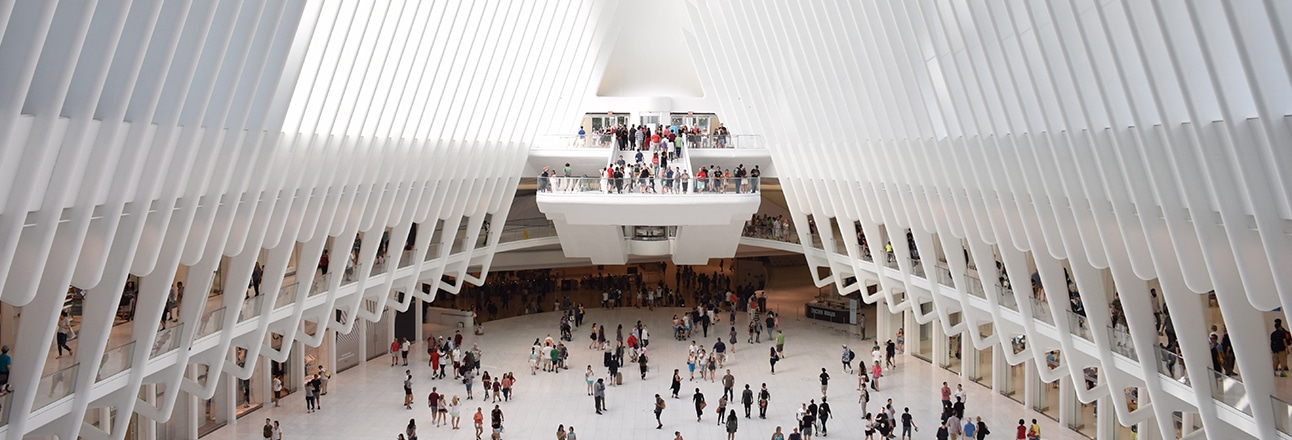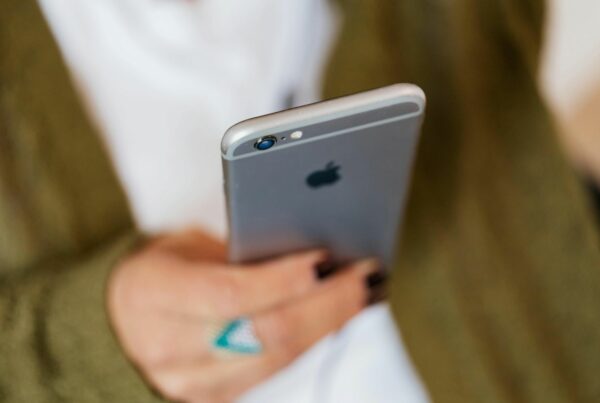In spite of more numerous and increasingly modern exhibitions, museums in Paris are struggling to stabilise their attendance rates. Causes include the 2015 terrorist attacks, which brought about a sharp drop in tourism, and a change in societal norms, with people seeing these strict cultural spaces, where 4G is hard to come by and silence is required, as “lame”. More than ever before, museums need to move into the digital age to become the spaces for sharing and interaction that their visitors expect.
Museums losing ground
Out of all the visitors to the Musée d’Orsay, 65% come from outside of France. That’s almost as high as for the Louvre, which owes most of its attendance rate to its popularity among tourists (70%). Following an unprecedented economic crisis and terrorist attacks that shook the world, these once-flourishing museums are losing ground. Indeed, the Musée d’Orsay saw a 13% drop in annual attendance compared to 2015. The Louvre had a total of 7.3 million visitors in 2016, a far cry from the symbolic threshold of 10 million visitors that the museum regularly reached, and even exceeded, before the attacks. It’s an economic challenge for these establishments, with these decreases in visitors translating into a serious loss of income that is vital to their business models.
At the same time, the decreases in attendance can also be explained by an accelerated loss of attractiveness. This is partially explained by the new, digitally-driven habits of millennials, which are incompatible with the ‘old-fashioned’ style of most museums, where silence reigns and connectivity is non-existent. While measures have been taken to better meet the needs of this younger generation, like night-time hours and special pricing, they have not succeeded in winning over this group seeking experiences and wanting to share them. These are two aspects that in today’s age require a good Internet connection.
Wi-Fi: creating experiences to boost the attractiveness of museums
Museums are struggling to draw in millennials. To revamp their image and respond to the expectations of new audiences, they need to go digital. Such technology brings attractiveness and engagement, and it is in high demand among young (and not so young) people.
Museums can turn to experiences such as virtual and augmented reality, interactive formats, and online and real-time quizzes and contests. Public access to Wi-Fi is an absolute must-have.
Indeed, by offering a strong connection, museums can re-invent themselves as experience creators and create individual, personalised visits, totally different from the group tours of the past. Today, a smartphone can serve as an audio guide, information can be individualised, and experiences can be shared. In this context, museums must adapt to this paradigm shift. Notably, this is what the Salvador Dali Museum in St. Petersburg, Florida, has tried to do. This museum created a virtual reality experience that immerses visitors in the works on display via 3D imagery.
For museums, creating an exclusive experience opens the door to the necessary collection of user data. Indeed, for museums to properly address their audiences, they have to know them! This means that museums need to be taking advantage of data gathered from the Wi-Fi connection page. Under the guise of offering significant added value, museums will actually collect the data to address and engage their visitors on site, as well as build their loyalty.
The decrease in museum attendance must push these historic institutions to launch their digital transformation. The advantage of this move is the possibility of attracting an audience that is seeking modernity and experiences. Virtual reality, guided tours via smartphones, and individualised experiences created according to the preferences of visitors, are all examples of engagement that transform the visitor into an actor, giving them an unforgettable experience.








